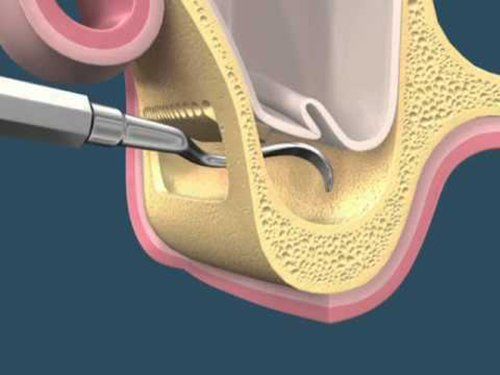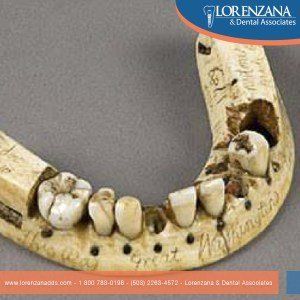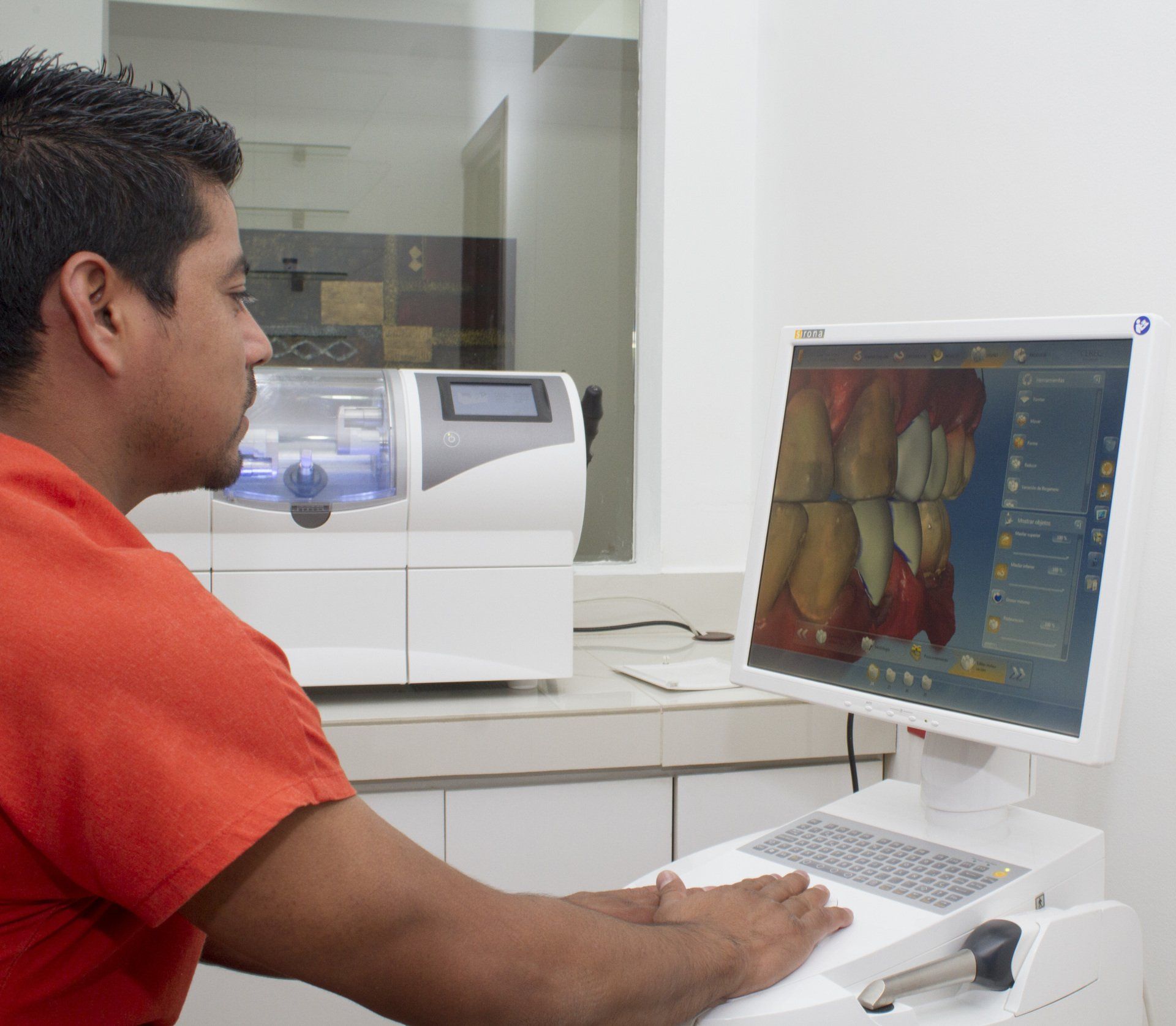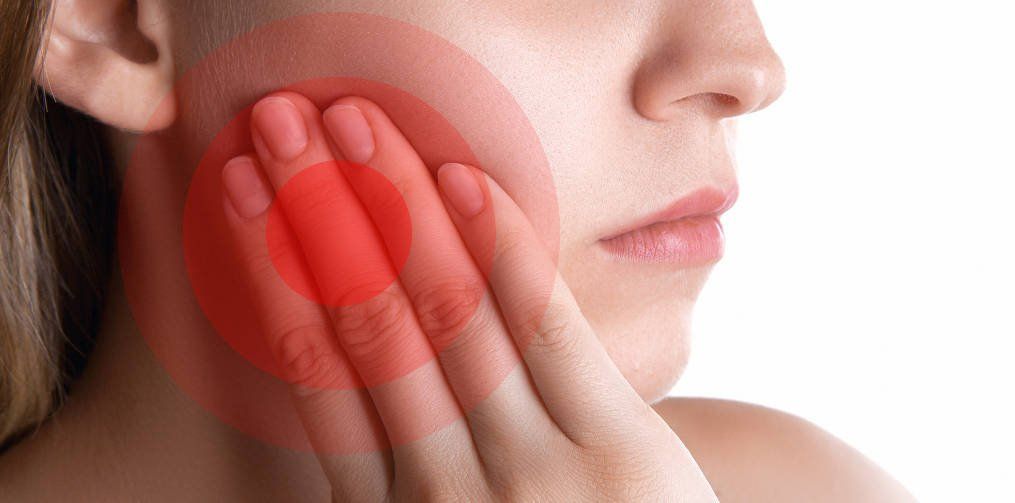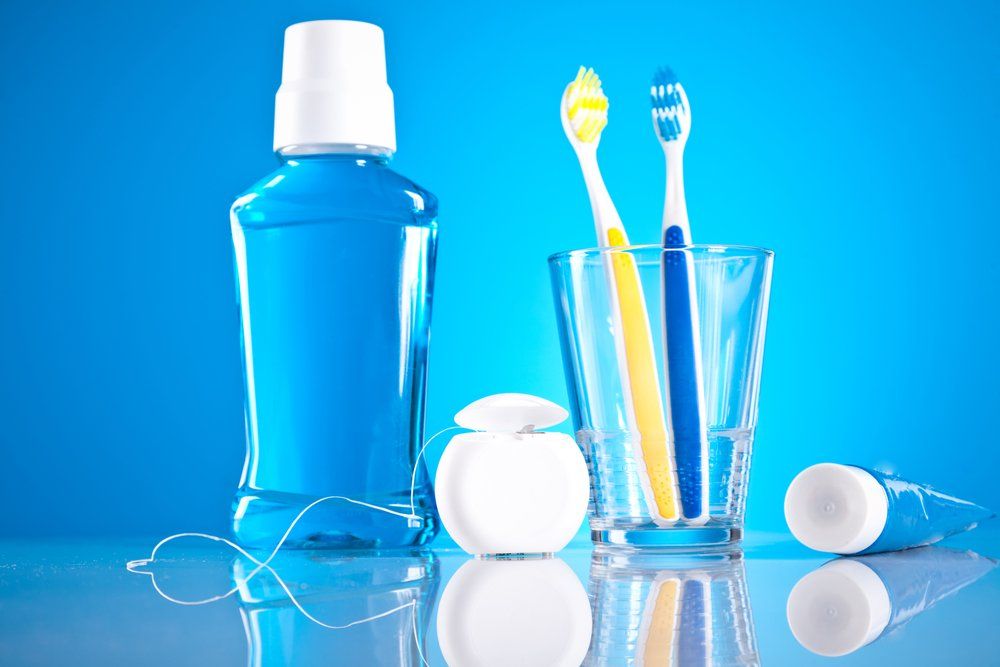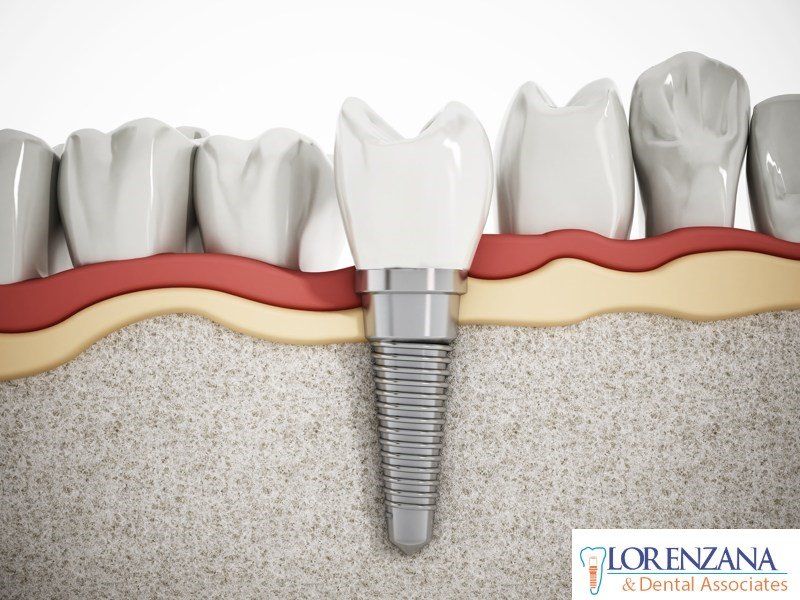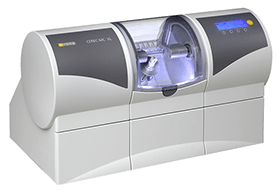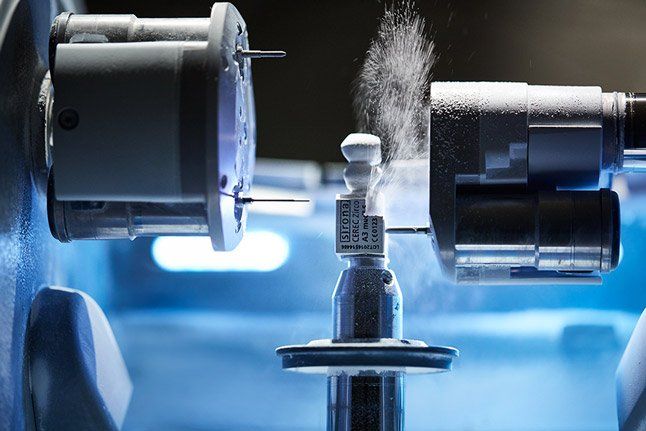Eating Disorders and Dental Health
Eating disorders are mental disorders defined by abnormal eating habits that negatively affect a person’s physical or mental health.

In cases of anorexia, the individual’s semi-inanition state deprives the body of the nutrients it needs. It may cause osteoporosis which weaken maxillary bone causing tooth loss.
In case of bulimia, the individual usually resorts to vomit provocation regularly; stomach acids that are present in vomit that comes through the mouth can erode tooth enamel causing tooth decay, discoloration and tooth loss.
In dentistry eating disorders are very relevant, not because its manifestations are serious or life-threatening, but because are the only ones that can’t be reverted; so that is necessary detect in an early stage and treat as soon as possible.
It is necessary to warn that dental treatment will not be easy and the clinician must consider as a major challenge recovery and maintenance of the patient, mainly because these patients many have little or no interest in their own general and dental health due to disorder psychological origins.

Among the main dental manifestations on anorexic and bulimic patients are:
- Decalcification
- Enamel erosion
- Extensive tooth decay
- Dental sensibility
- Buccal mucosa and periodontal tissues alterations
- Dry mouth and infections in salivary glands
- Loss of integrity of the arches (alteration of the bite)
- Decreased ability to chew
- Queilosis (damage on the lips)
- Restorations that protrude above eroded teeth (pseudo-overfeeding).
- Bad breath odor caused by constant vomits
Desordenes alimenticios y salud dental
Los trastornos de la conducta alimentaria (TCA) son problemas de conducta que involucran un desorden en la ingesta de alimentos.

En los casos de anorexia, el estado de semi inanición del individuo priva al cuerpo de los nutrientes que necesita.
Puede
suceder que se desarrolle una osteoporosis que debilite los huesos
maxilares que sostienen a los dientes provocando la pérdida de ellos.
En
los casos de bulimia, el individuo por lo general recurre a la
provocación de vomito regularmente, Los ácidos del estómago presentes en
los vómitos atraviesan la boca y pueden erosionar el esmalte dental
provocando caries, decoloración y pérdida de los dientes.
En el
área odontológica los trastornos alimenticios tienen bastante
relevancia, no porque sus manifestaciones sean graves o pongan en
peligro la vida, sino por ser las únicas que no pueden ser revertidas;
de manera que es necesario detectarlas en una etapa temprana y dar
tratamiento lo antes posible.
Es necesario advertir que el
tratamiento dental no será sencillo y que el clínico debe considerar
como un reto importante la recuperación y el mantenimiento del paciente,
principalmente porque estos pacientes pueden mostrar poco o nulo
interés en su cuidado de salud general y bucal debido al origen de
carácter psicológico del padecimiento.

Dentro de las principales manifestaciones buco-dentales en los pacientes anoréxicos y bulímicos se encuentran:
- Descalcificación
- Erosión del esmalte
- Caries extensas
- Sensibilidad dental
- Alteraciones en la mucosa bucal y tejidos periodontales
- Boca seca e infecciones en las glándulas salivales
- Pérdida de la integridad de las arcadas (alteración de la mordida)
- Disminución de la capacidad masticatoria
- Deterioro de la apariencia estética
- Queilosis (daño a los labios)
- Restauraciones que sobresalen por encima de los dientes erosionados (pseudo-sobreobturación).
- Mal aliento provocado por los constantes vómitos.
Puede programar su cita para recibir tratamiento dental a info@lorenzanadds.com o al 1-800-783-0198
